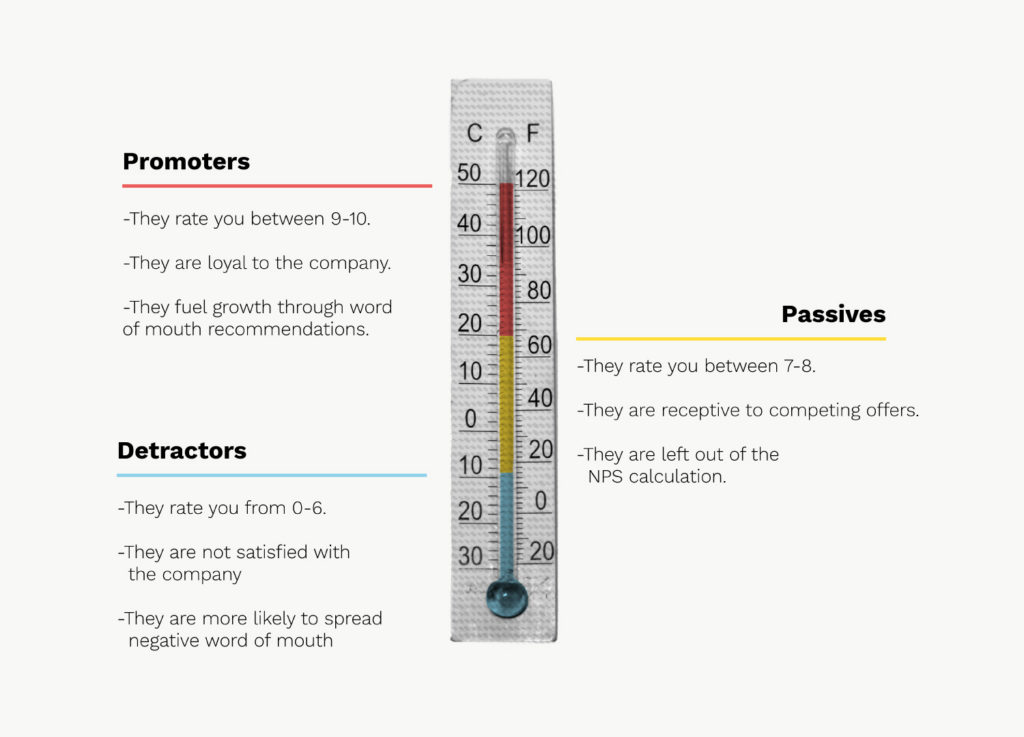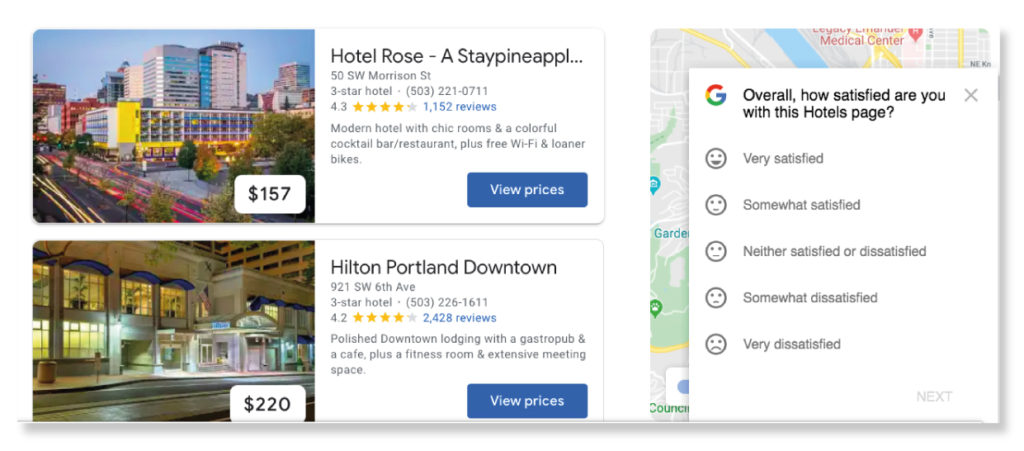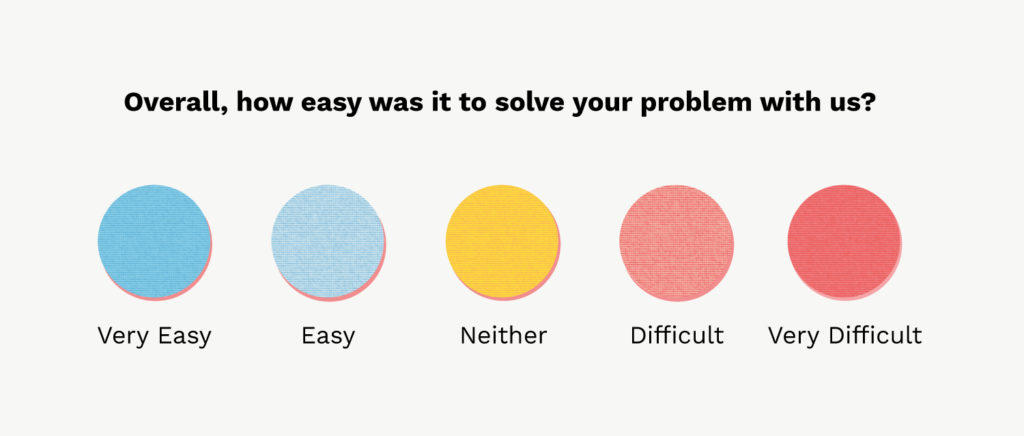I’m sure you agree; there is nothing more frustrating than receiving a substandard service. However, you will be surprised to know that 96% of unhappy clients may not actively complain, and 91% of those customers will leave and never come back.
Given that most dissatisfied customers do not share their feedback, how can a small business owner realize he’s falling short of his clients’ expectations?
This blog will go over five metrics small and medium-sized businesses can use to measure and improve their service level to provide a five-star experience for their clients.
Why Should I Measure Customer Satisfaction?
It can cost five times more to attract a new customer, than retaining an existing one.
Measuring customer satisfaction helps business owners to determine the quality of service they provide. You may think your service/product is excellent, but do your customers agree?
As a business owner, you’ll have to identify what is essential for your customers and provide exactly that. If you have a consistent, seamless service, you’ll enjoy the following benefits:
a
- Loyal customers who will continually do business with you.
- Brand advocates referring you to their friends and family
- A positive brand reputation. You will be known for your excellent client experience.
- Reduced marketing expenses – with a loyal customer base and a positive brand reputation, you won’t spend as much money acquiring new customers.
5 Fundamental Customer Satisfaction Metrics for Small Business Owners
1. Net Promoter Score
The net promoter score (NPS) measures how likely clients are to recommend your business. This customer satisfaction metric is helpful if you’re starting a referral program.
You ask clients how likely they are to recommend you to a friend or colleague, and they answer with a rating between 0 and 10. Depending on the clients’ score, you classify them as detractors, passives, and promoters.

Your final NPS is the result of subtracting the percentage of Detractors and the percentage of Promoters.
Tip: Ask clients why they gave you that score to gain insights into your service strengths and areas of improvement.
2. Customer Satisfaction Score (CSAT Metric)
The customer satisfaction score uses a scale of 1-3, 1-5, or 1-10 to evaluate how satisfied clients are with your service/product.

Tip: Ask clients to fill your CSAT in various touch points -initial call, onboarding, service delivery, etc.- to identify which stages of your customer journey need improvement.
3. Customer Effort Score

The customer effort score evaluates how easily clients use your services on a scale from “very difficult” to “very easy.”
Tip: Asking clients why they gave you that score will help identify bottlenecks in your processes.
To calculate your customer effort score, you’ll have to subtract the percentage of positive answers (easy, very easy) and the rate of negative responses (difficult, very difficult).
4. Customer Churn
Failure is a potential learning experience leading to significant success. It is unrealistic to think that customers will do business with you forever, so customer churn is the most critical metric for a company with growth plans.
This customer satisfaction metric specifies the percentage of clients who have stopped using your services during a specific time. Customer churn is the result of dividing your initial number of clients by the final number of customers you have during a period.
5. Customer Review Score
You will always have customers reviewing your services/products via Yelp, Facebook, or Google My Business.
Ensure you respond to your clients’ reviews and take note. Their feedback will tell you what they value the most and how you can improve their experience.
Tip: We recommend asking happy clients for online reviews to keep a high review score. Hence, you’ll boost search rankings and encourage potential customers to contact you.
Our Final Small Business Tip: Put Yourself in Your Clients’ Shoes
Customers are not only looking for an excellent final product/service. Instead, they want a complete experience -this starts when they first get in touch with you.
Increasing customer retention by 5% can increase profits from 25% to 95%.
I’m sure you’d pay a higher price for a responsive, polite, and efficient, clean roofing contractor who gets the job done right the first time over an unresponsive company that leaves a mess in your house, regardless of the quality of their final work.
In other words, your product price and quality shouldn’t be your only competitive advantage. Instead, listen to your clients’ experiences while they do business with you and improve their journey.
Personally, I’m satisfied with a business when they don’t only provide a great final product but are quick, polite, informed, and responsive, and don’t transfer me from one person to another.
Always keep in the forefront of your mind: If you were your client, how would you like to be serviced?
a

Article by Francis Espinoza
Francis is a Social Media Coordinator here at Olly Olly. Born and currently based in Nicaragua, her professional background and passion are all things inbound marketing.
Like what you read? Send Francis a message here.

